interdependence
Technical partners
With the patronage of
With the support of
In a society characterized by a growing sense of increasing polarization, how can design deal with opposites and the nuances in-between polarities to drive towards constructive change?
The Polimi Design System (the School of Design, the Department of Design, and POLI.Design) presents “INTERDEPENDENCE: exploring opposites”, a set of initiatives to reflect on how design interacts with polarities and contrasting dimensions, through a selection of projects by students from Politecnico and from a network of about 40 design universities around the world.
All the exhibited projects do not seek to provide answers or certainties, rather challenge us to imagine new questions and rethink both the present and the future.
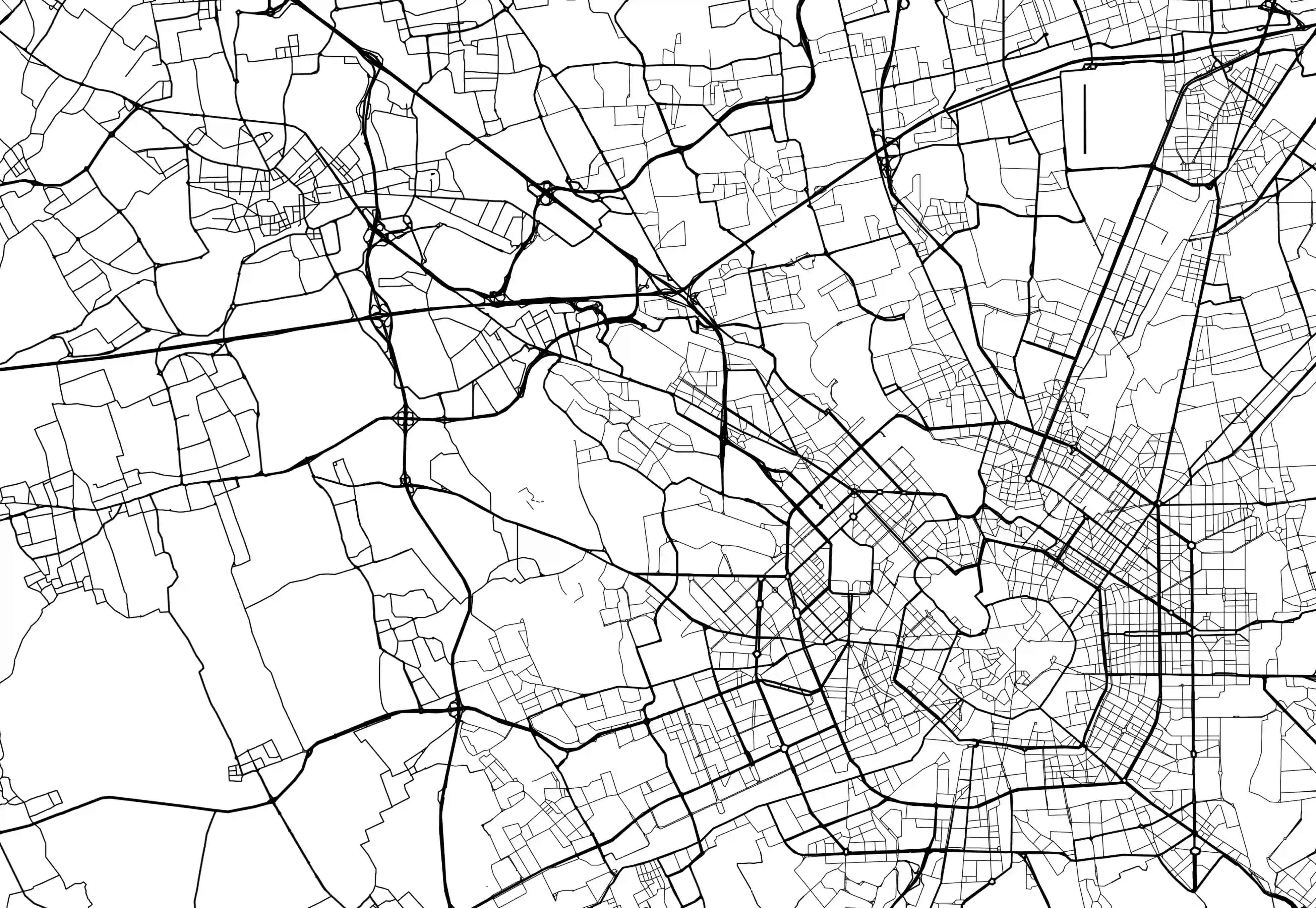
Exploring Opposites
At the Fabbrica del Vapore, INTERDEPENDENCE takes the form of an international exhibition, bringing together projects by students from Politecnico di Milano and a selection of design universities worldwide. The exhibition showcases projects through visuals, prototypes and videos, and is further enriched by a diverse program of initiatives, including talks, workshops, performances, and networking activities.
DesignXDesigners
At the Campus Bovisa Durando, INTERDEPENDENCE is interpreted through the DesignXDesigners exhibition, which showcases works by students from various study programs at the School of Design of Politecnico di Milano.
Anthropogenic Scenarios
At the SaloneSatellite, INTERDEPENDENCE is present with a monographic selection of eight experimental and thought-provoking communication design projects, titled “Anthropogenic Scenarios”, encouraging visitors to reflect on the relationship between Human / More than Human, and between Artificial / Natural.
Fabbrica del Vapore
Campus Bovisa
SaloneSatellite
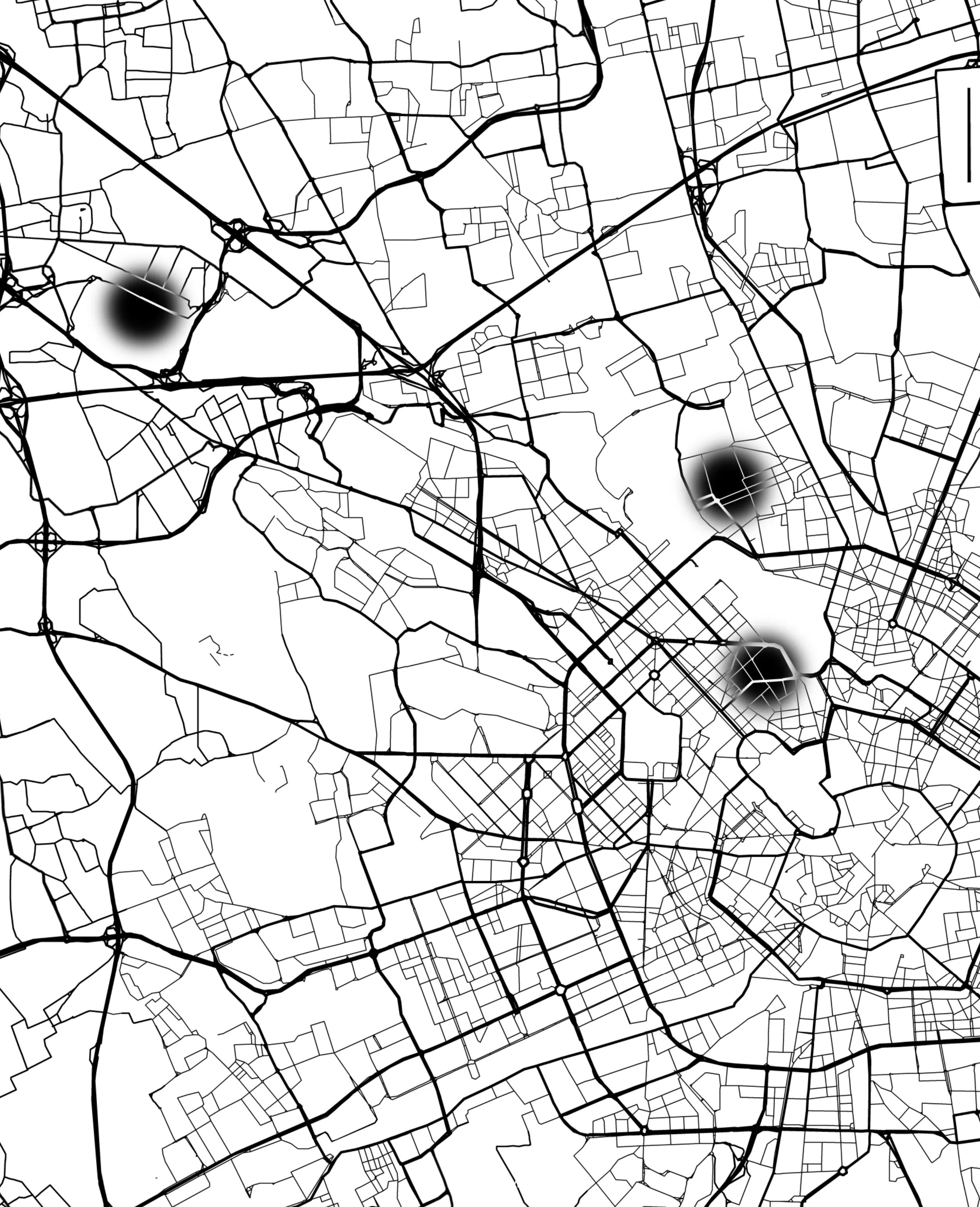
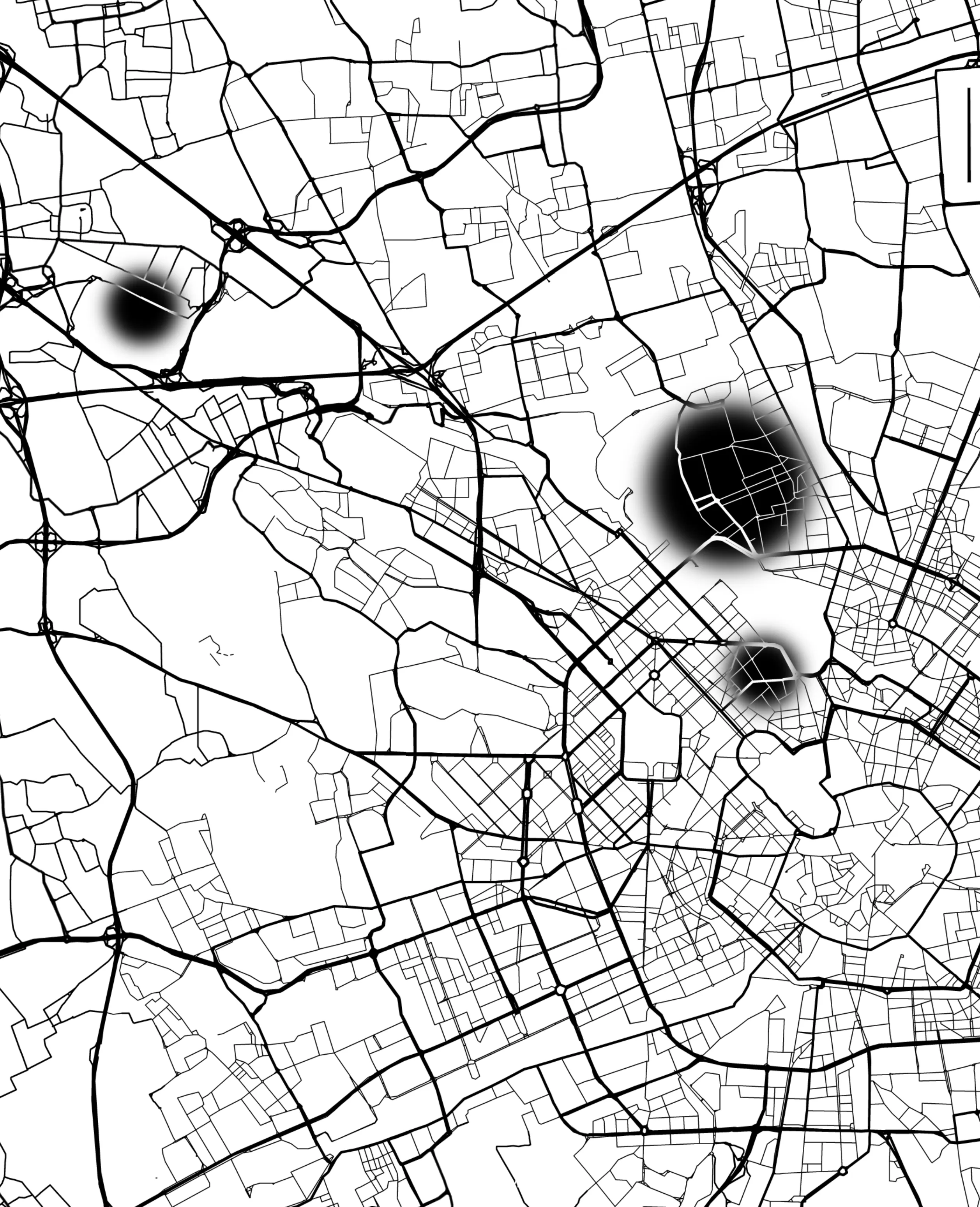
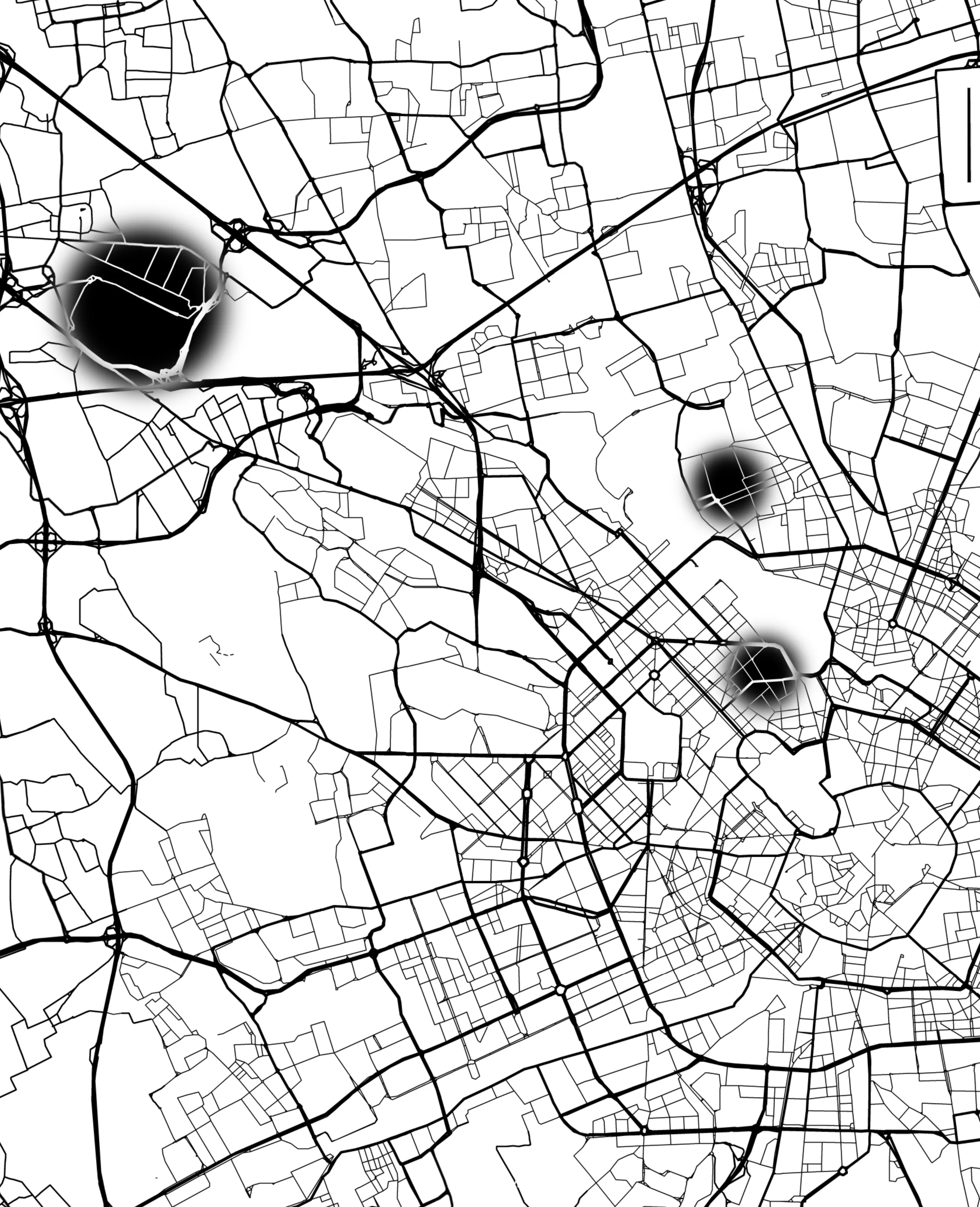
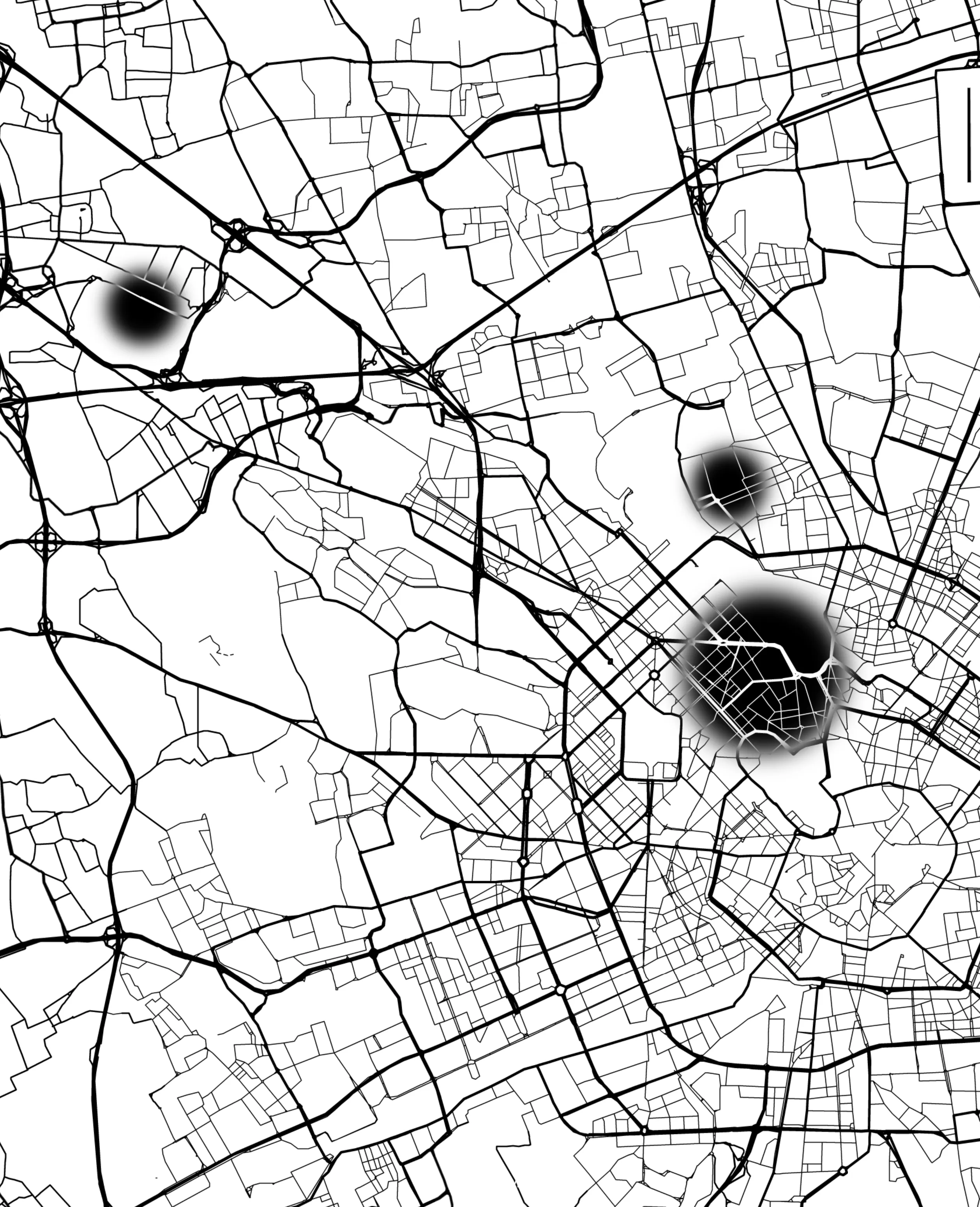
Fabbrica del Vapore
Campus Bovisa
SaloneSatellite
The polarities of "INTERDEPENDENCE: exploring opposites" span various realms and dimensions of life, including:
How can design address the tension between a central point and its edges?
How can design consider the needs, agency, and competences of non-human agents, which imply coexistence with humans in the same system?
How can design manage the interplay between the artificial and natural worlds and the interaction we have with them?
How can design contribute to the development of both material and spiritual wellbeing and sustainability?
How can design empower people and environments to make things happen while reducing the burden of action?
How can design account for the needs of the individual and the community?
How can design navigate the tension between exclusivity and inclusivity?
How can design focus on one's own identity, without neglecting what is external or different?
How can design deal with conflicts and dissonances?
How can design address the need for compliance with rules while encouraging resistance to foster their evolution?